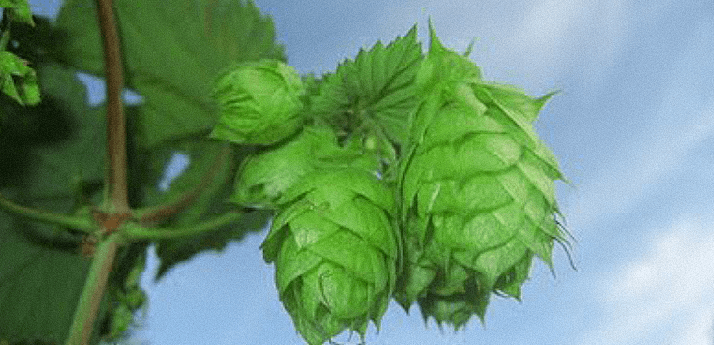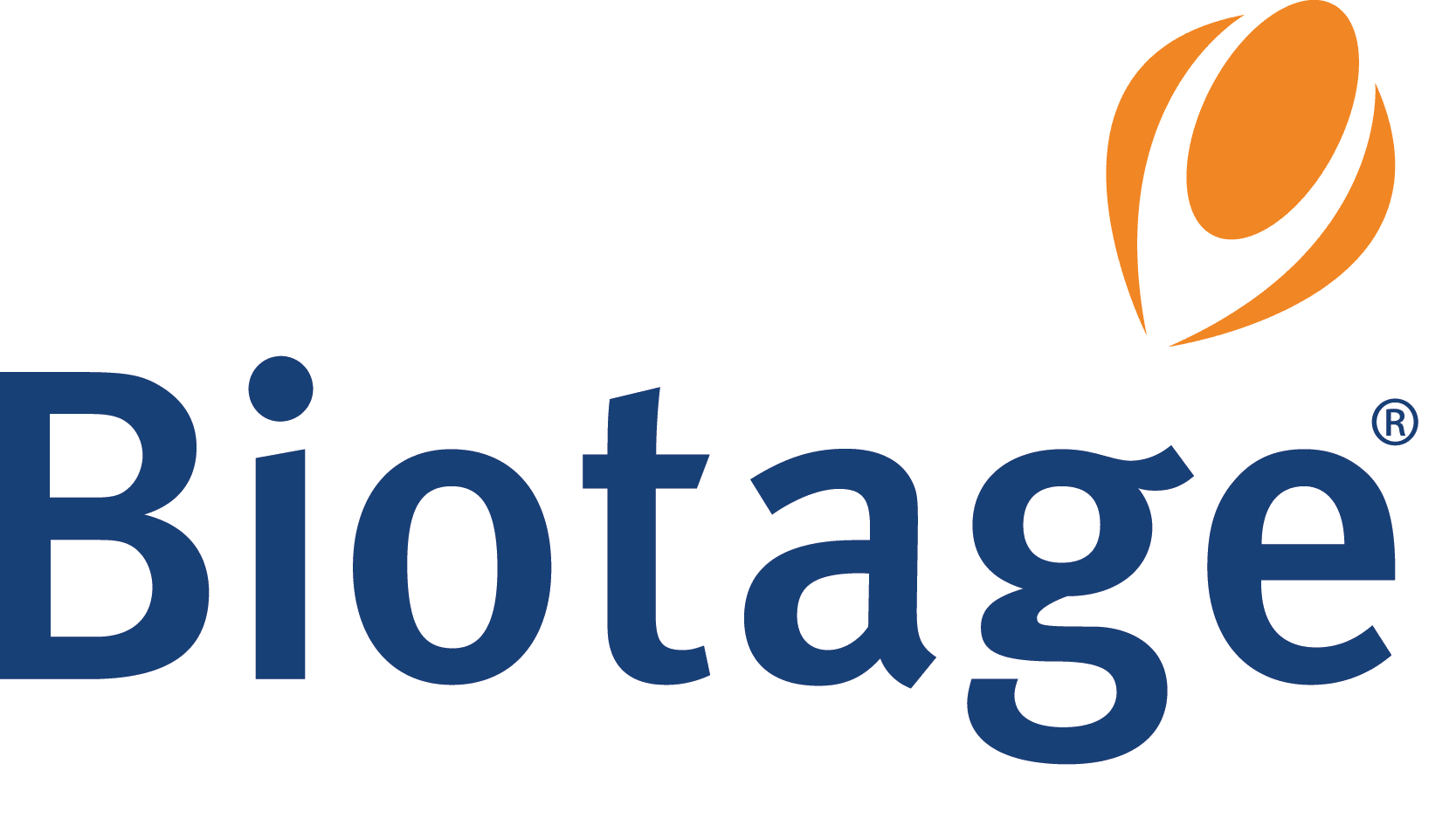Introduction
Hops, Humulus lupulus, are one of the primary ingredients in beer and serve as both a natural preservative and as a flavoring agent. These leafy green flowers, shown in Figure 1, are responsible for the characteristic bitterness in beer, but can also impart other flavors such as floral, tangy, piney, or citrusy notes. One factor that impacts the eventual flavor profile of beer is the selection of hop variety, as different strains lead to different flavors and aromas. Another important aspect is the timing of the hop addition during beer brewing. Brewing is a multi-step process that begins by mixing grains with hot water to convert starches in the grain to a sugary solution called wort. The wort is filtered and then boiled together with hops and other specialty ingredients to further develop flavors. At the completion of the boil, yeast is added to initiate fermentation. Hops can be added at any point during or after the boil to bring out desired flavors. Generally, hops are added earlier to draw out bitterness and later to highlight aroma and flavor.

 Figure 1. Photograph of hop flowers grown in Seattle, WA, USA.
Figure 1. Photograph of hop flowers grown in Seattle, WA, USA.Bitterness in beer is primarily derived from alpha acids that are present in hop flowers. These alpha acids require extended exposure to elevated temperatures in order to isomerize to iso-alpha acids which are more stable and soluble in the finished product. The thermal energy from the extended boil, however, simultaneously leads to a loss of the essential oils responsible for flavor and aroma that are extracted from the hops into the wort. For this reason, hops are usually added more than once during the beer brewing process, and the timing of the additions is generally closely controlled. Hops added earlier in the boil supply bitterness as their alpha acids have ample time and heat to isomerize, while aroma and flavor come from hops added later in the boil since they are exposed to less heat which maintains the extracted essential oils.In this application note, a method is developed to characterize aroma and flavor compounds associated with hops throughout the boil process. Headspace solid phase micro-extraction (HS-SPME) was used to sample the volatile and semi-volatile aroma and flavor compounds in the headspace of a boiled hop flower extract. Both one- and two-dimensional gas chromatography (GC and GCxGC) with Time-of-Flight Mass Spectrometry (TOFMS) were subsequently used to separate, quantify, and identify these compounds. Target analytes were monitored throughout the boil and quantified in order to determine aroma and flavor changes as a function of boil time.
Experimental Conditions
Samples
Cascade Leaf Hops were purchased from Label Peelers (Kent, OH, USA) and stored in a freezer for preservation. A hop extract was prepared by adding 3 g of hop flowers to 0.5 L of boiling water to mimic the boil process. This ratio of hops to water is roughly equivalent to 4 oz. of hops in a 5 gallon batch. Sample aliquots of 20 mL were removed from the boil at 5, 10, 20, 40, and 60 min of boil time and cooled. The overall volume of the boil was maintained at approximately 0.5 L with the addition of boiling water as needed. For SPME analysis, 4.0 mL of each hop extract (5, 10, 20, 40, and 60 min) were transferred by pipet into 20 mL glass headspace vials then sealed with septum caps.SPME Conditions
SPME was automated using a Gerstel MPS2 Auto Sampler through LECO’s ChromaTOF® software. Samples were incubated at 50oC for 10 min immediately prior to extraction. Extraction was accomplished by exposing a 50/30 μm divinylbenzene/carboxen/polydimethylsiloxane (DVB/CAR/PDMS) SPME fiber (Supelco, Bellefonte, PA, USA) to the sample headspace for 30 min at 50°C. Analytes were desorbed from the fiber and injected for analysis by exposing the fiber in a 250°C GC-inlet for 2 min.GC-TOFMS Conditions
GC-TOFMS analyses were performed with LECO’s Pegasus® HT. The Pegasus HT consists of an Agilent 6890 GC paired with LECO’s Pegusus TOFMS. Analytes were separated with a 30 m x 0.25 mm i.d. x 0.25 μm film thickness Rxi-5Sil MS column from Restek (Bellefonte, PA, USA). Helium was used as the carrier gas at a flow of 1.0 mL/min. A temperature program was employed that held at 35°C for 4 min, ramped 10°C/min to 250°C, and held for 4 min. The transfer line was maintained at 260°C throughout the separation and the ion source temperature was set to 250°C. Full mass range spectra were collected at a 20 spectra/s acquisition rate and the 30-400 m/z mass range was saved. GCxGC-TOFMS Conditions
GCxGC-TOFMS analyses were performed with LECO’s Pegasus 4D. The Pegasus 4D consists of the Pegasus HT, and an Agilent GC modified with a secondary oven and dual stage quad jet thermal modulator. The carrier gas flow was maintained as in the GC-TOFMS method. A secondary column, 1.5 m x 0.25 mm i.d. x 0.25 μm film thickness Stabilwax column from Restek (Bellefonte, PA, USA), was joined in series to the Rxi- 5Sil MS column. The temperature program was adjusted to hold at 35°C for 4 min, ramp by 5°C/min to 250°C, and hold for 4 min. The secondary oven followed the same temperature program, but was maintained 10°C higher throughout to a maximum temperature of 250°C. The modulator temperature was maintained 20°C higher than the primary oven and a 6 s modulation period was set. The transfer line and the ion source temperatures were maintained at 250°C. Full mass range spectra were collected at a 100 spectra/s acquisition rate and the mass range of 30-400 m/z was saved.





